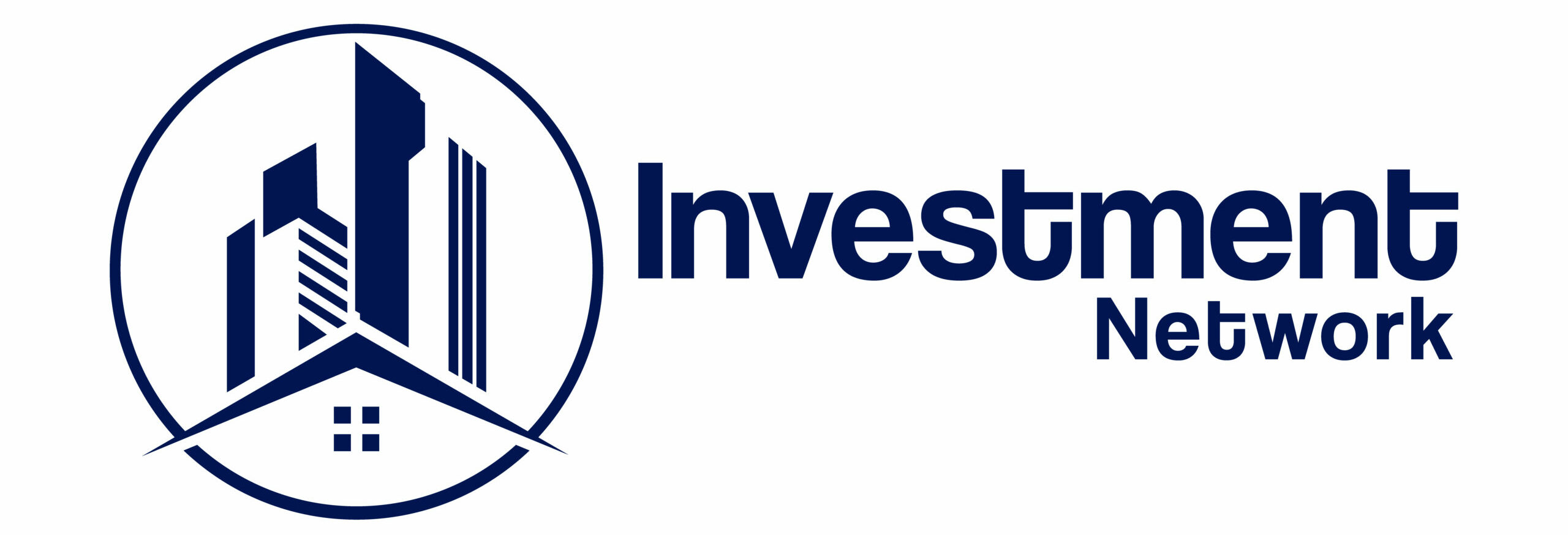A real estate investment is worth more than just its purchase price. In addition to looking at the appraised value, the comparative market analysis, or even the cost per unit, you can determine if the property is a good investment.
An appraisal, a market analysis, a price per unit, and a price per square foot can all be used to determine the property’s value. Property value is important, but you should also consider its resale value when choosing whether it is a good investment.
To determine a property’s investment value, you must consider both the cost and the profit of the investment. Investors can use various methods to estimate an investment property’s value. Comparing different investment variables determines a property’s value. The percentages can be compared with other investment opportunities to determine which investment property is more valuable.
Two metrics in real estate measure return on capital and return on cash. The following formulas will explain how cap rates for real estate and cash-on-cash returns compare and how they work so you can understand investment value when you see it.
Rates of Capitalization (Cap Rates)
A capitalization rate compares a property’s market value with its potential return on investment. Several factors must be considered when calculating a cap rate, including the property’s net operating income (NOI) and price (or market value). During the first year of operation, NOI considers all potential income and expenses.
An asset’s cap rate predicts its potential profit in real estate terms. Returns increase with increasing percentages. In addition to evaluating risk, comparing a property’s cap rate with similar properties in the market is possible. There will be no difference in the cap rate between investors.
Using the cap rate formula to calculate potential rental income from an unoccupied property is impossible. To evaluate comparable properties in the same market area, you should use the cap rate associated with the market type.
Net Operating Income/Current Market Value = Capitalization Rate
Using the NOI as the base, divide the property’s market value by the cap rate. In this case, a $500,000 property with $25,000 in NOI for the first year will have a 5% cap rate.
Cap Rates Have The Following Negative Aspects:
In the formula, only the first year’s income is considered.
Debt and taxes on the property are not included in cap rates. Annual income will be reduced by mortgage and tax payments. A fluctuating market value will cause cap rates to fluctuate frequently.
Rate of Return on Cash (Yield)
Investors use cash-on-cash returns – or yields or rates of return – to determine how soon they will receive their investment. Cash-on-cash return is calculated by comparing cash invested to before-tax cash flow in the first year. In addition to the down payment, closing costs, and any initial repairs or upgrades, the money invested includes the down payment, acquisition costs, and repairs or upgrades to the property. Before taxation, the cash flow is calculated based on all income received, expenses incurred, and debt service obligations.
An investment’s cash-on-cash return is expressed as a percentage. A higher rate predicts a higher return on investment. It can also calculate how much total cash must be invested to yield a specific return or before-tax cash flow amount.
Investors can compare real estate and other investments using cash-on-cash return rates because they are simple and easy to calculate.
Cash yields are also affected by debt payments.
Investors and markets must consider many factors to determine what constitutes a good cash-on-cash return. Due to varying property markets, investors prioritize different preferences, resulting in varying desired return percentages.
To calculate Cash-on-Cash Return, pre-tax cash flow is divided by total cash invested.
A property’s cash-on-cash return is determined by dividing its yearly pre-tax cash flow by its total investment. The cash-on-cash return on a $500,000 property purchased with $250,000 in cash and generating $15,000 in cash flow before taxes ($25,000 NOI – $10,000 mortgage interest) would be 6%.
Negative aspects of cash-on-cash returns include:
Only the first year’s cash flow is considered when calculating cash-on-cash returns.
The rate of return is not adjusted for tax payments, which will reduce the actual rate of return depending on depreciation rates.
When part of the investor’s cash receipt is a return on their original investment, the annual cash flow amount can mislead the cash-on-cash rate of return.
Is it Better to Use a Cap Rate or a Cash-on-Cash Return?
There is no “correct” formula when comparing cash-on-cash return with the cap rate. If you have purchased or are considering investment properties, you may choose one or more options. Comparing similar properties in one market is possible through a cap rate.
Depending on your investment goals, you can determine whether a cap rate is desirable by comparing the annual or potential income with the market price.
Leverage increases cash-on-cash returns by increasing the potential return on debt. The cash-on-cash return formula yields a higher percentage when force is used. When power is used, less capital is put into the purchase, resulting in lower total cash invested and a lower cash-on-cash return.
Learn more about cash-on-cash returns and cap rates on investment.org.



